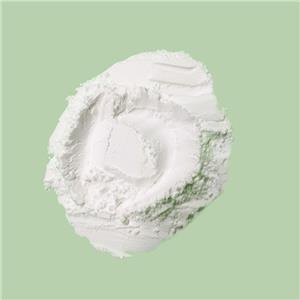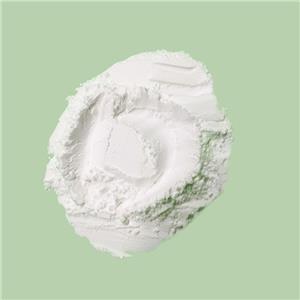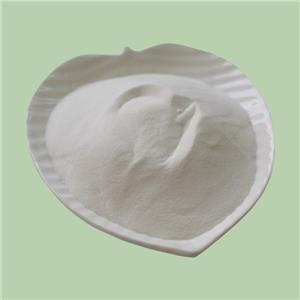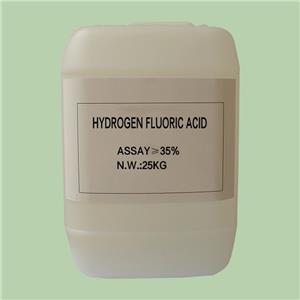The Role of Hydrofluoric Acid in Plastic Etching
Hydrofluoric acid (HF) is well-known for its highly corrosive nature and its unique ability to dissolve glass and certain metals. However, one of its more specialized applications is as an etchant for plastics, particularly in the treatment of high-performance polymers like polytetrafluoroethylene (PTFE) and other fluoropolymers. This article explores the chemical principles behind hydrofluoric acid's effectiveness as a plastic etchant, the process by which it is applied, and its implications in various industrial sectors.
Understanding the Chemistry of Hydrofluoric Acid
Hydrofluoric acid is an aqueous solution of hydrogen fluoride, and it stands out due to its relatively weak acidity compared to other mineral acids. However, what makes HF particularly potent is its ability to form strong hydrogen bonds with a variety of materials. Its small molecular size and high electronegativity allow it to penetrate and disrupt the bonds in many substances, including the carbon-fluorine bonds found in fluoropolymers.
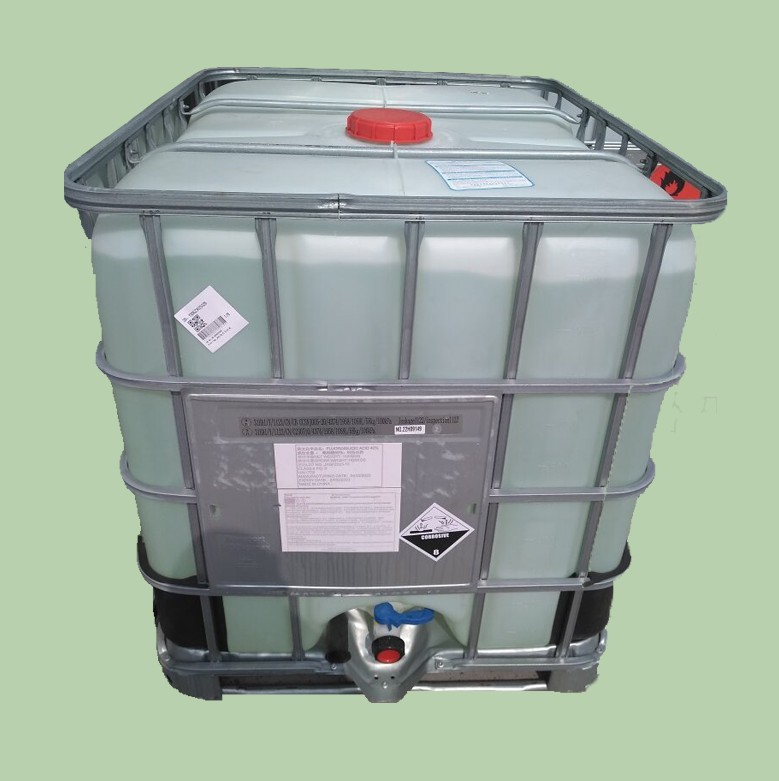
Fluoropolymers, such as PTFE, are known for their chemical inertness, low friction, and high resistance to temperature and corrosion. These properties make them indispensable in industries requiring durable and non-reactive materials. However, this chemical inertness also poses challenges when these materials need to be bonded or adhered to other substances. HF, with its unique ability to break down these tough bonds, becomes a crucial tool in modifying the surface of these polymers to improve their adhesive properties.
The Process of Plastic Etching with Hydrofluoric Acid
1、Surface Preparation: Before HF can be applied, the plastic surface must be thoroughly cleaned to remove any contaminants like oils, dirt, or residues that could interfere with the etching process. This is typically done using solvents or detergents, followed by a thorough rinse with deionized water.
2、Application of Hydrofluoric Acid: The cleaned plastic is then exposed to hydrofluoric acid. This can be done by immersing the plastic in an HF solution, or by applying the acid in a controlled manner using brushes or sprays. The concentration of HF and the duration of exposure are critical parameters that need to be optimized based on the specific type of plastic and the desired etching depth.
● Concentration: The HF concentration typically ranges from 10% to 50%, depending on the material. Higher concentrations result in more aggressive etching but increase the risk of damaging the plastic.
● Time: The exposure time can vary from a few seconds to several minutes. Longer exposure leads to deeper etching, but it also increases the risk of compromising the integrity of the plastic.
3、Etching Mechanism: Upon contact with the plastic, HF initiates a chemical reaction that disrupts the carbon-fluorine bonds at the surface of the polymer. This reaction creates microscale roughness on the plastic surface, which is essential for enhancing its adhesive properties. In the case of PTFE, HF reacts with the fluorine atoms, removing them from the polymer chain and replacing them with hydroxyl groups. This modification increases the surface energy of the plastic, making it more receptive to bonding agents like adhesives or coatings.
4、Post-Etching Treatment: After the desired level of etching is achieved, the plastic is rinsed thoroughly to remove any residual HF. Neutralizing agents, such as a dilute sodium bicarbonate solution, may be used to ensure that all traces of the acid are eliminated. The plastic is then dried, and the newly etched surface is ready for further processing, such as bonding, coating, or printing.
Applications of HF-Etched Plastics
The primary purpose of etching plastics with HF is to enhance their surface properties for better adhesion. This has significant implications in various industries:
1、Electronics Industry: In the manufacturing of electronic components, etched PTFE is used as a substrate for circuit boards. The enhanced adhesion allows for the secure attachment of conductive materials and components, which is critical for the reliability and durability of the circuits.
2、Aerospace and Automotive Sectors: Both industries rely on lightweight, durable materials like PTFE for components that must withstand extreme conditions. Etching these materials with HF improves their ability to bond with other components, such as metals or composites, ensuring structural integrity and performance under stress.
3、Medical Devices: Fluoropolymers are commonly used in medical devices due to their biocompatibility and resistance to sterilization processes. However, bonding these materials to other components, such as metal or glass, requires surface modification through HF etching. This process is essential for the manufacture of catheters, implants, and other medical devices where strong adhesion is critical for safety and functionality.
4、Coating and Printing: In applications where plastics need to be coated or printed, such as in the production of labels, films, or protective coatings, HF etching creates a receptive surface that allows for strong, durable bonding of the coating or ink to the plastic substrate.
Hydrofluoric acid's application as a plastic etchant, particularly for fluoropolymers like PTFE, plays a vital role in industries where strong adhesion and surface modification are required. The process of HF etching not only enhances the performance of these materials in demanding environments but also expands their range of applications. However, the use of HF comes with significant safety and environmental responsibilities that must be diligently managed. As industries continue to advance, the role of HF in material processing will remain indispensable, driven by its unique chemical properties and the growing demand for high-performance materials.

